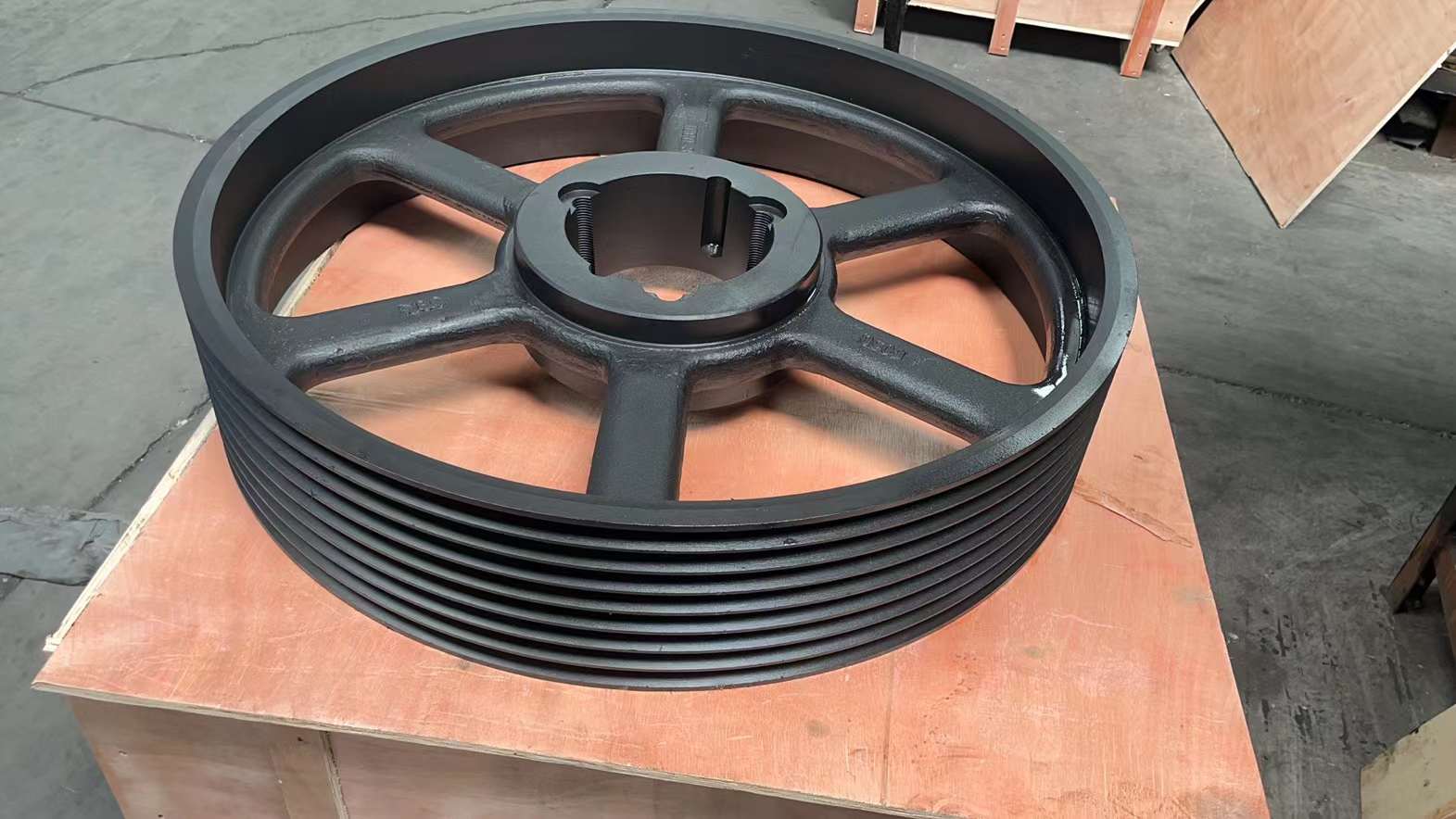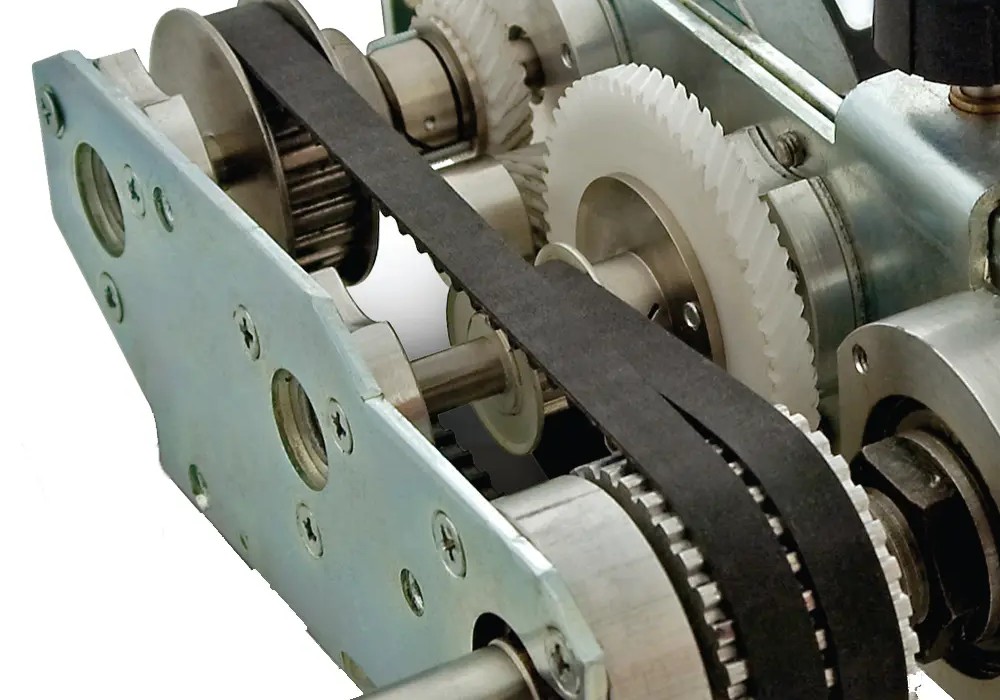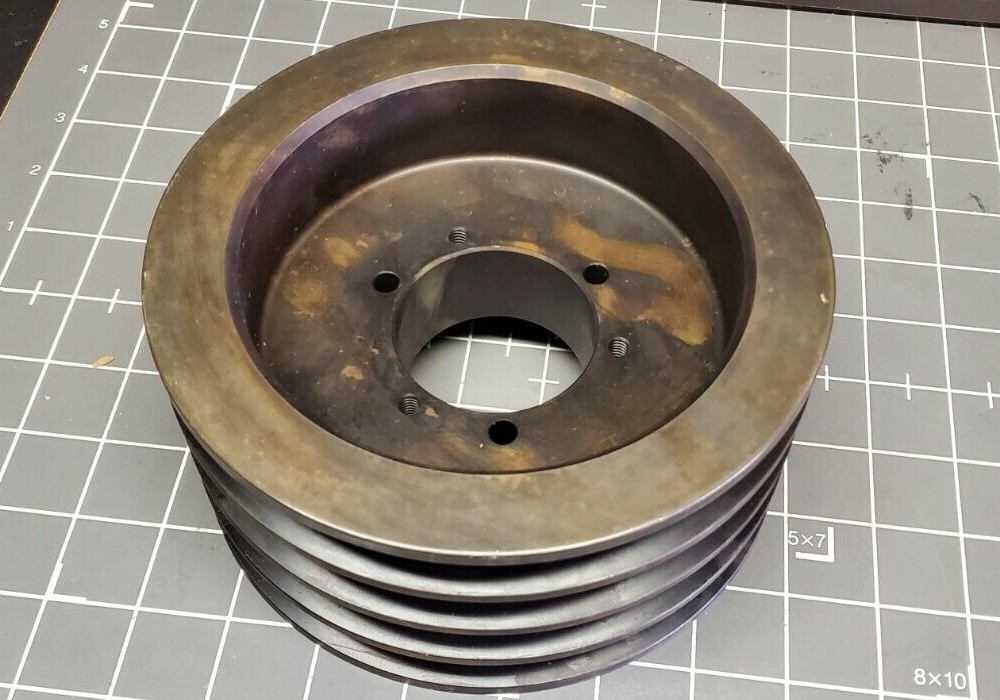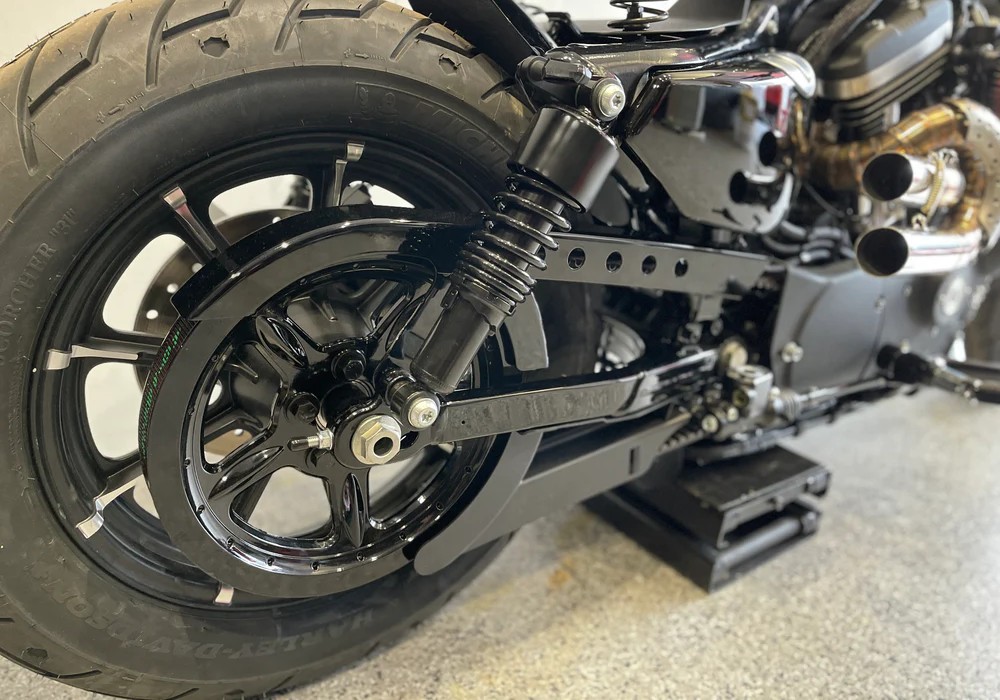As disc-hub parts, pulleys are generally relatively large in size, and casting and forging are the major manufacturing processes. Casting is normally for the design of larger size, and the material is generally cast iron (good casting performance), rarely cast steel (poor casting performance); while the smaller size can be designed as forging with the material as steel. Pulleys are mainly used for long-distance transmission of power, such as mining machinery, machining equipment, textile machinery, packaging machinery, lathes, forging machines, etc.
The selection of various indicators and materials of the pulley is based on the principle of raw materials minimisation, feasible technology and lowest cost under the premise of meeting the usage requirements.
The advantages of belt pulley transmission:
Pulley transmission can ease load impact;
Pulley transmission runs smoothly, with low noise and vibration;
The structure of the pulley transmission is simple and easy to adjust;
The manufacturing and installation accuracy of the pulley for the pulley transmission is not required as strict as for the meshing drive.
CONTINUE READING
Related Posts
Sprockets and pulleys are both used in power transmission systems to transmit rotary motion from one component to another. , […]
First, let’s briefly introduce Standard V-belt pulleys and Martin V-belt pulleys Standard V-belt pulleys and Martin V-belt pulleys are both […]
Belt pulleys, wheel pulleys, and sheaves are all types of pulleys, which are mechanical devices that are used to transmit […]





